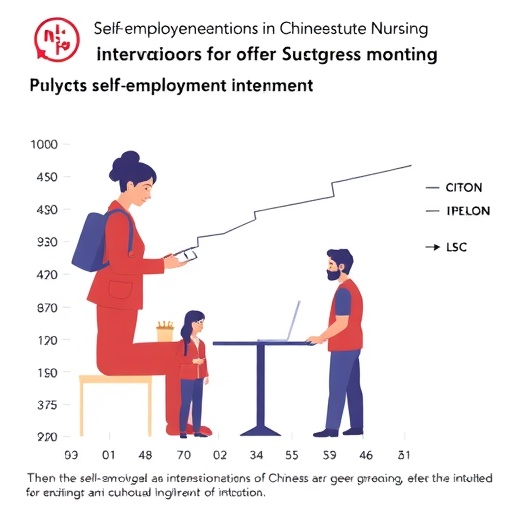Credit: Columbia University Irving Medical Center
Columbia researchers have created a way to grow human hair in a dish, which could open up hair restoration surgery to more people, including women, and improve the way pharmaceutical companies search for new hair growth drugs.
It is the first time that human hair follicles have been entirely generated in a dish, without the need for implantation into skin.
Using 3D-Printing to Stop Hair Loss
For years it’s been possible to grow mouse or rat hairs in the lab by culturing cells taken from the base of existing follicles.
“Cells from rats and mice grow beautiful hairs,” Christiano says. “But for reasons we don’t totally understand, human cells are resistant.”
To break the resistance of human hair cells, Christiano has been trying to create conditions that mimic the 3D environment human hair cells normally inhabit. The lab first tried creating little spheres of cells inside hanging drops of liquid. But when the spheres were implanted in mice, the results were unpredictable: The cells from some people created new hair while others didn’t.
3D Printing Creates Patterned Hair Follicles
In the new study, Christiano’s team exploited the unique capability of 3D printers to create a more natural microenvironment for hair follicle growth.
The researchers used 3D printing to create plastic molds with long, thin extensions only half a millimeter wide. “Previous fabrication techniques have been unable to create such thin projections, so this work was greatly facilitated by innovations in 3D printing technology,” says Erbil Abaci, PhD, first author of this study.
After human skin was engineered to grow around the mold, hair follicle cells from human volunteers were placed into the deep wells and topped by cells that produce keratin. The cells were fed a cocktail of growth factors spiked with ingredients, including JAK inhibitors, that the lab has found stimulates hair growth.
After three weeks, human hair follicles appeared and started creating hair.
Hair Farms Could Expand Availability of Hair Restoration
Though the method needs to be optimized, engineered human hair follicles created in this way could generate an unlimited source of new hair follicles for patients undergoing robotic hair restoration surgery.
Hair restoration surgery requires the transfer of approximately 2,000 hair follicles from the back of the head to the front and top. It is usually reserved for male patients whose hair loss has stabilized and who have enough hair to donate.
“What we’ve shown is that we can basically create a hair farm: a grid of hairs that are patterned correctly and engineered so they can be transplanted back into that same patient’s scalp,” Christiano says.
“That expands the availability of hair restoration to all patients–including the 30 million women in the United States who experience hair thinning and young men whose hairlines are still receding. Hair restoration surgery would no longer be limited by the number of donor hairs.”
The engineered follicles also could be used by the pharmaceutical industry to screen for new hair growth drugs. Currently, high throughput screening for new hair drugs has been hampered by the inability to grow human hair follicles in a lab dish. No drugs have been found by screening; the only two approved for the treatment of pattern hair loss–finasteride and minoxidil–were initially investigated as treatments for other conditions.
The team hopes that cultured hair farms will open up the ability to perform high throughput drug screens to identify new pathways that influence hair growth.
###
The study, titled “Tissue engineering of human hair follicles using a biomimetic developmental approach,” was published in Nature Communications.
Other authors: Hasan Erbil Abaci, Abigail Coffman, Yanne Doucet, James Chen, Joanna Jacków, Etienne Wang, Zongyou Guo, Jung U. Shin (all from Columbia University Vagelos College of Physicians and Surgeons) and Colin A. Jahoda (Durham University, Durham, U.K.).
The research was supported by the NIH (National Center for Advancing Translational Sciences grant UH2EB017103; National Institute of Arthritis and Musculoskeletal and Skin Diseases grants K01AR072131 and P30AR069632); New York State Stem Cell Science (SDH C029550); an Ines Mandl Research Foundation Fellowship; and a CUIMC Precision Medicine Research Fellowship (with funds from NIH grant UL1TR001873).
Dr. Christiano and Dr. Jahoda are founders of Rapunzel Bioscience Inc., which focuses on developing regenerative therapies for skin and hair disorders. The remaining authors declare no competing interests.
Media Contact
Lucky Tran
[email protected]
Original Source
https:/




